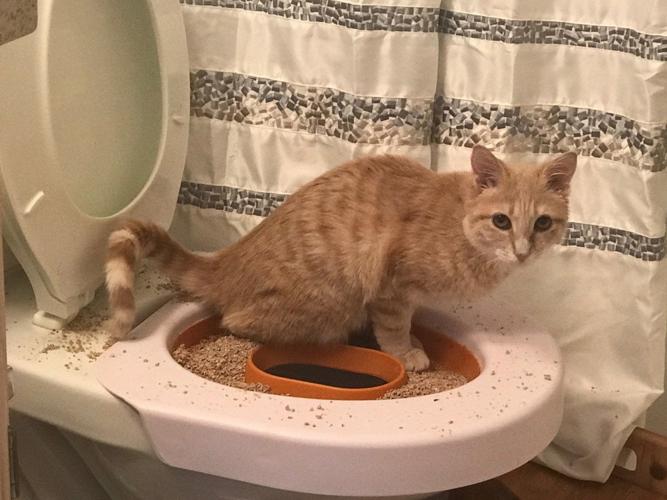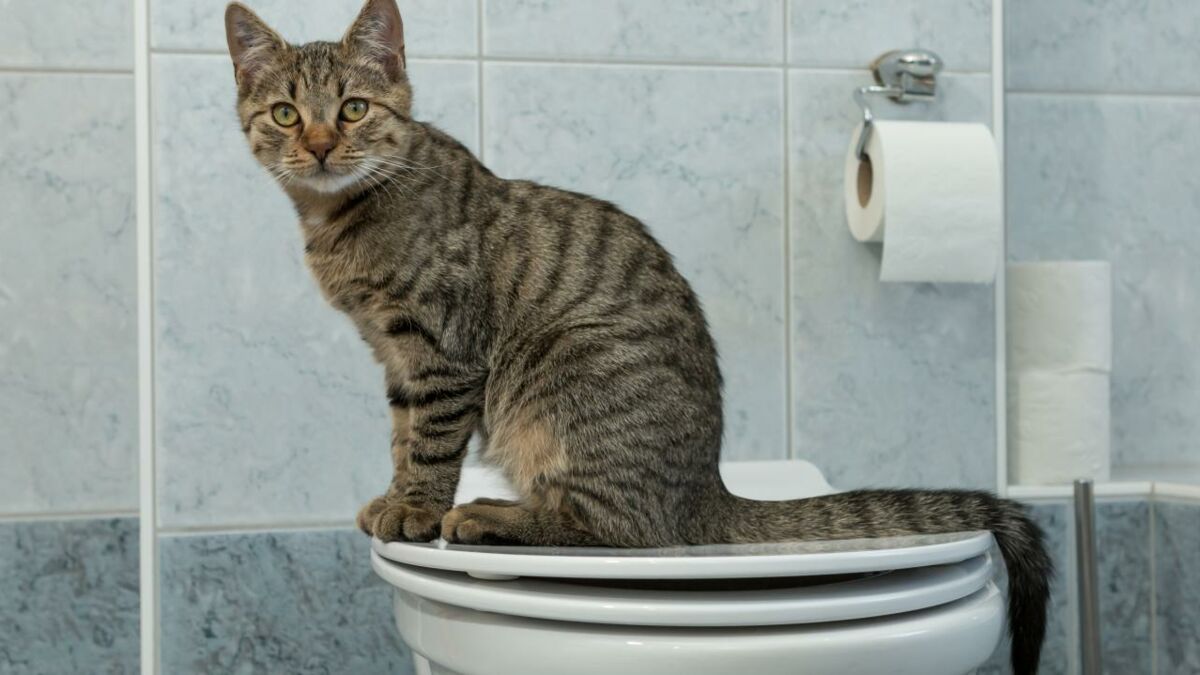Each person will have their own unique perception when it comes to How to Dispose of Cat Poop and Litter Without Plastic Bags.

Intro
As cat proprietors, it's vital to be mindful of how we throw away our feline friends' waste. While it may appear hassle-free to flush feline poop down the commode, this technique can have detrimental effects for both the atmosphere and human health.
Alternatives to Flushing
Luckily, there are more secure and more accountable methods to take care of feline poop. Take into consideration the following choices:
1. Scoop and Dispose in Trash
The most usual approach of taking care of pet cat poop is to scoop it right into a biodegradable bag and throw it in the trash. Be sure to use a dedicated clutter inside story and dispose of the waste promptly.
2. Use Biodegradable Litter
Choose eco-friendly pet cat litter made from materials such as corn or wheat. These trashes are environmentally friendly and can be safely gotten rid of in the trash.
3. Bury in the Yard
If you have a lawn, consider hiding pet cat waste in a designated location away from vegetable gardens and water sources. Be sure to dig deep enough to prevent contamination of groundwater.
4. Install a Pet Waste Disposal System
Buy a pet dog waste disposal system particularly created for feline waste. These systems make use of enzymes to break down the waste, lowering smell and environmental influence.
Wellness Risks
Along with ecological issues, flushing feline waste can also pose health and wellness risks to humans. Pet cat feces may include Toxoplasma gondii, a parasite that can cause toxoplasmosis-- a possibly extreme health problem, specifically for expecting ladies and individuals with damaged immune systems.
Environmental Impact
Purging cat poop presents hazardous pathogens and bloodsuckers into the water supply, posing a significant risk to marine ecological communities. These pollutants can negatively affect marine life and concession water high quality.
Conclusion
Accountable pet possession prolongs beyond giving food and shelter-- it also includes correct waste monitoring. By refraining from purging feline poop down the bathroom and selecting alternative disposal techniques, we can minimize our environmental footprint and shield human health and wellness.
Why You Should NEVER Flush Cat Poop (and/or Litter) Down Your Toilet
The Problem with Litter
The main function of litter is to solidify and adhere to your cat’s waste. While this makes litter excellent for collecting cat poop and urine, it’s also the exact property that makes it a nightmare when flushed down the toilet.
Cat litter can and will clog pipes. There is non-clumping litter, but it’s still quite heavy and can build up in pipes. This is true even of supposed “flushable litter.”
The problems only compound when the litter is already clumped into cat waste. Toilet paper is among the more flushable things, and even too much of that will clog a toilet.
The Problem with Cat Poop
Sewers and septic systems are designed with human waste in mind. The microbes that help break down human waste don’t work on cat waste. Additionally, cat poop plays host to the parasite Toxoplasma gondii.
When flushed, this parasite can enter the environment in places it was never meant to, posing a risk to pregnant women, their unborn children, and other people with compromised immune systems. While it might not seem possible, flushing cat poop can indeed introduce this parasite to the public water supply.
These reasons are why, even if you’ve trained your cat to go on the toilet and flush, which is possible, it’s still not a good idea. Also, pregnant women and the immunocompromised shouldn’t change litter, either.
How to Handle Litter
The best way to handle litter is to simply put it in a plastic bag and place it in the trash. Avoiding environmental risks and possible plumbing damage is worth the extra effort.
You can also invest in devices that seal away your cat’s waste in a separate compartment, so you don’t have to change the litter nearly as often. They’re also safer for pet owners because they limit the possibility of Toxoplasma gondii exposure.
Disposing of litter the old-fashioned way will ensure you won’t have to worry about any issues that flushing the waste can potentially cause.
Take Care of Clogged Pipes with Stephens Plumbing, Heating & Air Conditioning
The reasons you should never flush cat poop down your toilet are numerous, but sometimes the inevitable happens despite your best efforts.
Stephens Plumbing, Heating & Air Conditioning is ready to help if you’re experiencing litter-blocked plumbing. Whether you need us in an emergency or want to schedule regular maintenance, we’re here for you.
https://www.stephensplumbing.net/bathroom-plumbing/never-flush-cat-poop-down-your-toilet/

We had been made aware of that report on Don’t flush cat feces down the toilet from a friend on a different web page. In case you enjoyed our page if you please be sure to pass it around. Many thanks for your time. Kindly check our blog back soon.
Call Today
Comments on “Dangers of Flushing Cat Poop in Your Toilet - Preventive Steps”